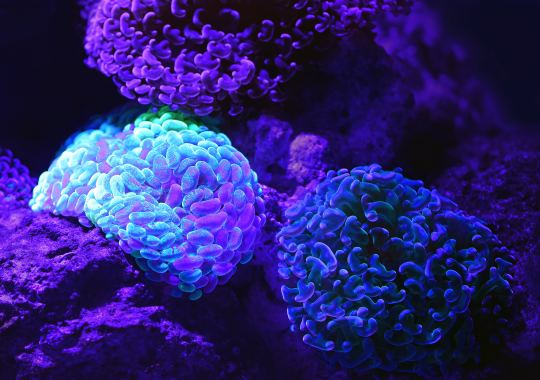
Derek Chignell: Science and Drugs
With the topic at Thursday’s Ohana gathering about how God uses both God’s works (nature) and God’s word, it came alive during Derek Chignell’s week of teaching.
It made me sad to learn that some pastors and churches discourage scientific exploration because “it’s not in the Bible” or that you should “just believe” and not question things. For some subjects, there’s harmony between the bible and the science views. Where there’s none, then it’s best to listen to the other side’s viewpoints without getting into a flaming war.
Drugs that are abused fall into four main categories: depressants, stimulants, hallucinogens, and antipsychotic. Cocaine and crack are the most addictive ones, and even those fall into psychological addictions rather than physical, unlike caffeine which has physical addictions.
Also we learned about receptor theory, which is the nerves have chemical bags right before the synapse, and when the electric impulse comes down the nerve and releases the chemical, they exit the end of the nerve and attach to the receptors at the head of the next nerve. Then there’s either an enzyme that cleans up those chemicals or the chemicals are re-uptaked inside chemical bags again, ready to be used again.
With this and much more information, I gained a better appreciation of what drugs do. Some drugs release things similar to what is already present, and other drugs simply block the natural chemical from reaching to the next nerve. I even thought that they should relax the restrictions on psilocybin for medicinal use, since the studies show improvement among patients needing relief from depression and anxiety.
Throughout the week, a sense of wonder about the ways our bodies worked also encouraged me. There’s so many ways that the chemicals in the nerves work, so far there’s 19 different transmitters such as serotonin and GABA and so on.
I love science and wish that there wasn’t such a war between faith and science, so it will be something to consider when talking to non-believers, to see if there’s a way to bridge the gap.
Photo by David Clode on Unsplash